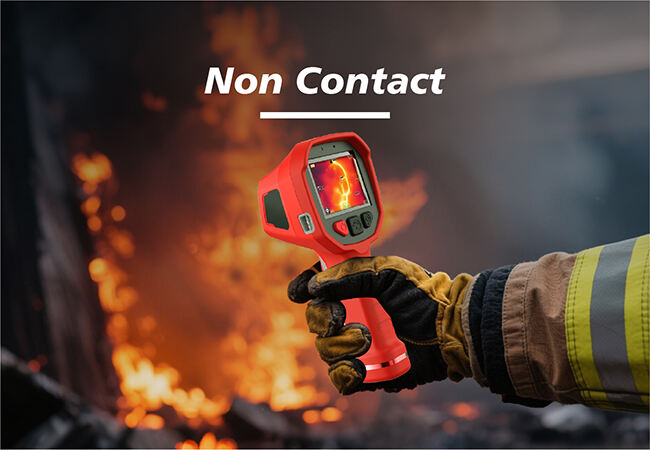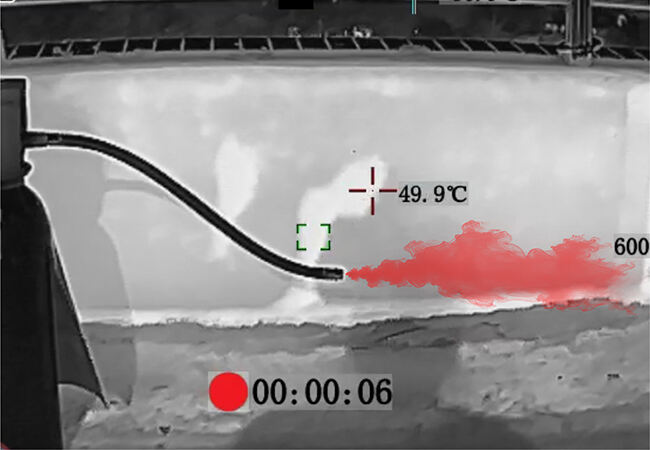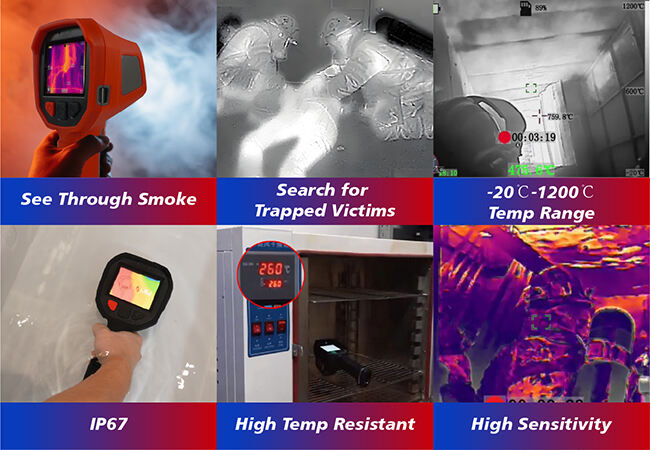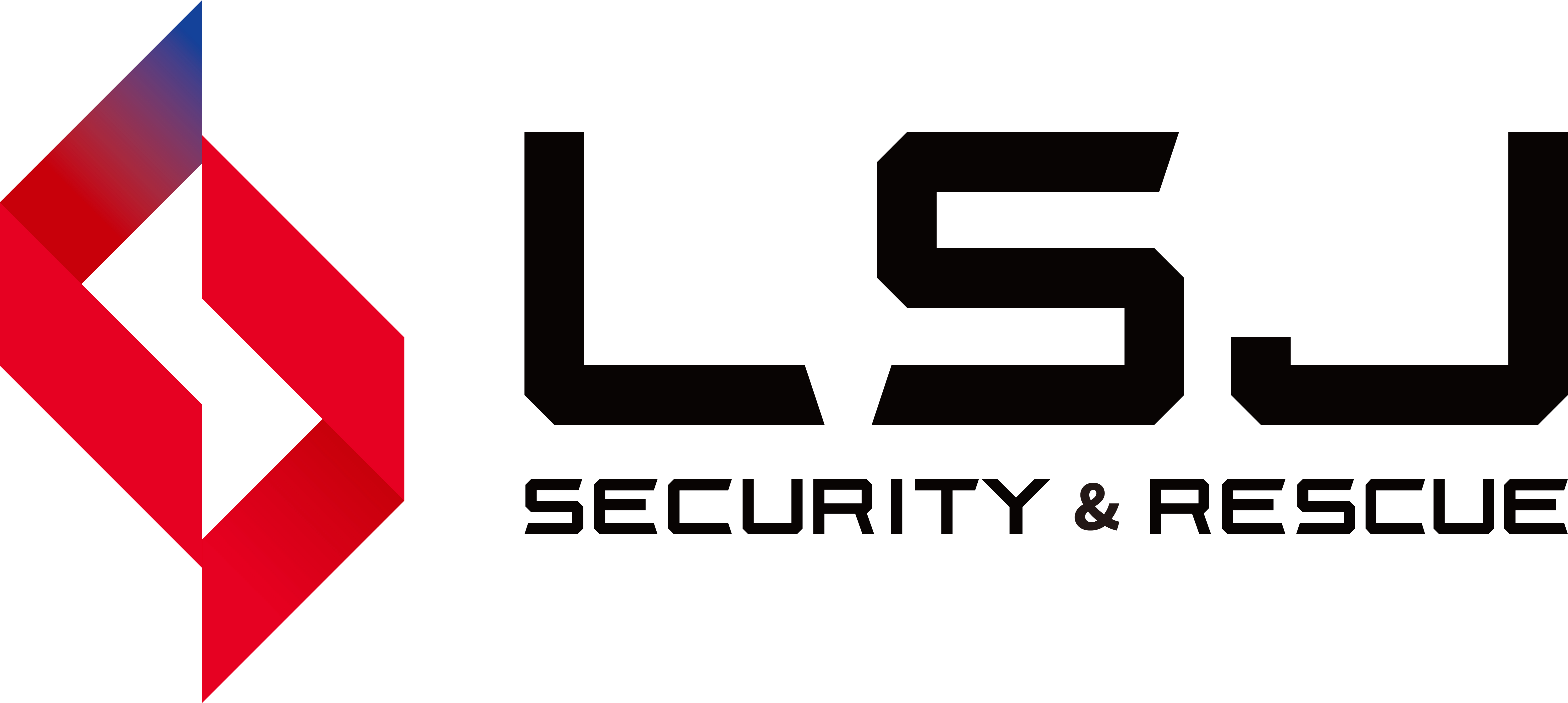Drone Gas Leak Detection vs. Handheld Infrared Gas Detectors: Which Method is Best?
When it comes to gas leak detection and safety assurance in hazardous environments, technology plays a key role in improving operational efficiency. The most widely used tools currently include drone-based gas leak detection systems and handheld infrared gas leak detectors. Both offer significant advantages, but each also has its own unique strengths. This article compares these two technologies to help you choose the right tool for your specific needs.

Drone-Based Gas Leak Detection: Wide Coverage and High Accessibility
Key Benefits
Drones equipped with gas detection sensors are designed for high-altitude, wide-area scanning and rapid deployment. These systems are ideal for reaching difficult-to-access areas, such as high-risk areas, long pipelines, and large facilities. The aerial perspective provided by drones allows users to quickly identify potential leaks without direct contact with hazardous environments.
Best Use Cases
Drones excel at large-scale surveys, especially during emergency response or pipeline inspections. They can quickly cover large areas, including hard-to-reach areas such as rooftops, industrial areas, or disaster-stricken areas. They are most effective for inspections at height and in open spaces, but can present challenges in confined spaces or high-temperature areas.
Limitations
While drones can efficiently scan large areas from the air, they have limited range for pinpointing small leaks. In hot environments, such as fire scenes or confined spaces, drone accuracy and visibility may be compromised due to the distance to the target.
Handheld Infrared Gas Leak Detectors: Providing Precise and Detailed Inspections in Hazardous Areas

Key Benefits
Handheld infrared gas leak detectors, on the other hand, provide highly sensitive, close-range, and high-resolution thermal images, enabling them to detect even small leaks, such as those of methane or other hazardous gases. Equipped with advanced infrared technology to detect gas leaks, these devices enable users to quickly and accurately pinpoint the source of the problem.
Best Use Cases
Handheld devices are particularly well-suited for ground inspections, confined spaces, and high-risk areas, where drones can be challenging to operate. These areas include fire scenes, narrow tunnels, and hot areas. Firefighting and rescue operations benefit from these devices, particularly when searching for survivors or identifying hidden hotspots after a fire.
Flexibility and Precision
Unlike drones, handheld infrared devices can conduct close-range inspections, meaning they can not only locate gas leaks but also provide real-time temperature readings, detect hidden fires, and confirm the presence of hazardous materials in hot environments. Their ability to track hot and cold spots and verify leaks makes handheld devices a valuable tool for emergency responders and maintenance personnel.
Complementary Technologies: How Drones and Handheld Detectors Work Together
Maximizing the Effectiveness of Both Tools
In many cases, drones and handheld infrared detectors work best together. Drones can quickly survey large areas to identify possible leak sources, while handheld devices can provide close-up inspections and precisely confirm leaks. Together, they offer both the broad scans required for comprehensive leak detection and the detailed analysis required.
Application Examples

Emergency Response: Drones can quickly survey fire-affected areas to identify potential hazardous gas leaks, while handheld detectors can help firefighters pinpoint the exact leak point, improving operational safety.
Industrial Inspection: Drones can efficiently inspect long pipelines, while handheld infrared detectors can be used to identify and confirm leaks at critical points along the pipeline.
Fire Scene Analysis: In post-fire scenarios, drones can provide an overview of the scene, while handheld devices can help pinpoint hidden fire spots and ensure all dangerous hotspots are safely extinguished.
Conclusion: Choose the Right Tool for Your Needs
Drone-Based Gas Leak Detection and Handheld Infrared Detectors each have their own advantages. Drones' speed and wide coverage make them ideal for large-scale or high-risk inspections, while handheld gas detectors excel at precise, close-range work in confined or hot environments.
By integrating both technologies into your operations, you can more efficiently improve gas leak detection and response capabilities. Whether you need to quickly survey a large area or conduct a detailed investigation of a specific location, combining drone and handheld gas detection technology provides a powerful and comprehensive solution to address safety and operational challenges.


